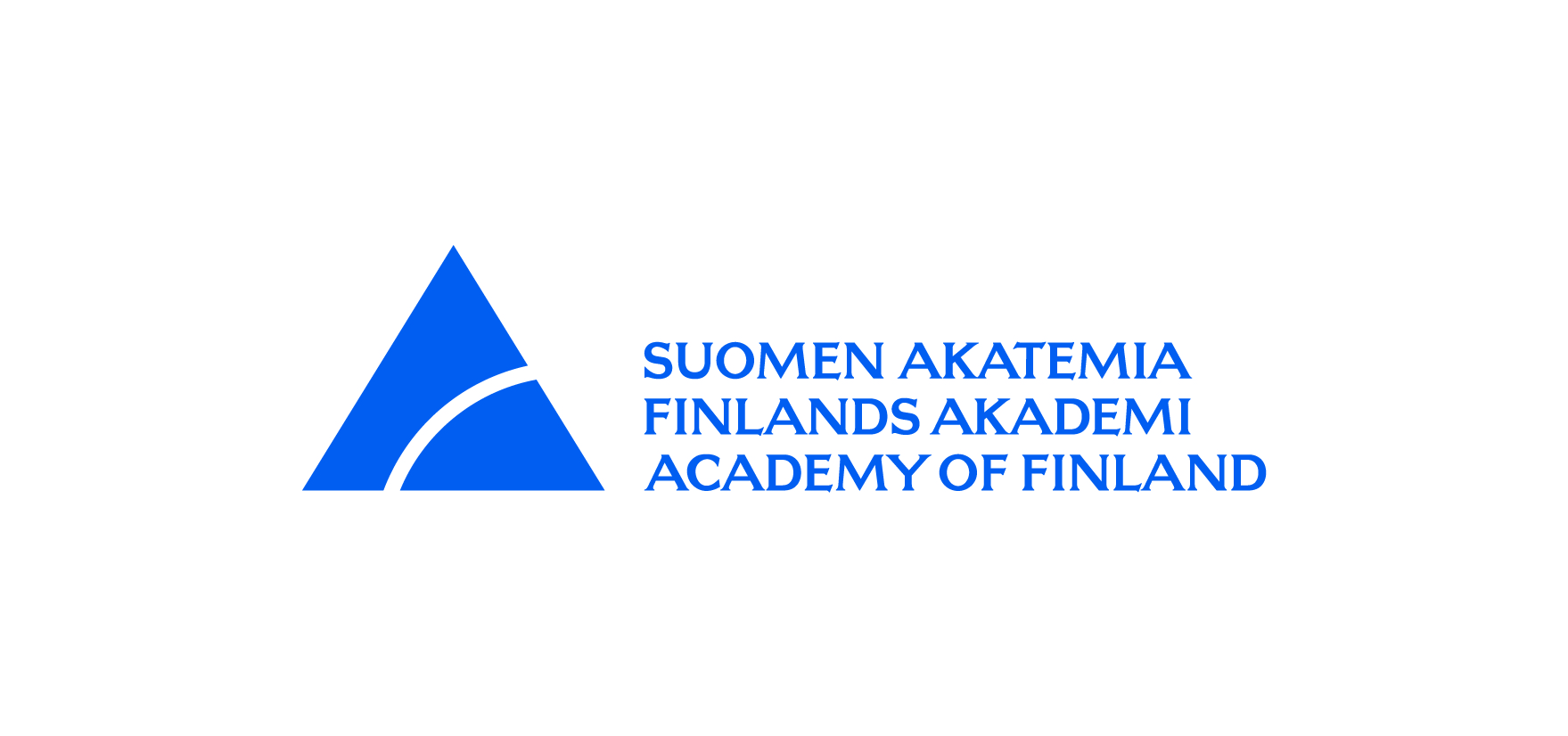Mitä kiertotalous tarkoittaa?
Kiertotalous on taloudellinen malli (reduce-reuse-recycle), jossa tavarat ja palvelut ovat ns. suljetussa kierrossa, toisin kuin nykyinen lineaarinen malli (take-make-dispose), jossa käytämme raaka-aineita, joista valmistetaan tuotteita ja lopulta ne päätyvät kaatopaikalle. Suljettu kierto tarkoittaa tavaroiden ja palveluiden mahdollisimman pitkäikäistä suunnittelua, optimaalista uudelleenkäyttöä, uudelleenvalmistamista ja korjausta. Toimimalla näin on mahdollista luoda arvoa lähes loppumattomia kertoja. Kiertotaloutta on myös jokaisen kotona tekemä materiaalikierrätys. Jokainen voi tehdä pienen teon, jolla on lopulta suuria vaikutuksia.
CICAT2025-kiertotaloushankkeentavoitteet
Suomen Akatemian Strategisen tutkimusneuvoston rahoittamassa CICAT2025 otimme lähtökohdaksi Suomen edelläkävijyyden kiertotalouden innovaatioekosysteemien kehittäjänä. Neljän yliopiston ja kahden ammattikorkeakoulun viisivuotinen tutkimushanke kehittää tapoja, joilla vauhditetaan muutosta innovaatioekosysteemeistä liiketoimintaekosysteemeihin. Keskeistä muutoksessa on uudenlaisten arvonluomisen tapojen ja käytäntöjen tunnistaminen ja kehittäminen. Toteutamme tutkimuksen tiiviissä yhteistyössä sidosryhmien kanssa, jotka sijoittuvat neljään erilaiseen liiketoimintaekosysteemiin. Ekosysteemit ovat 1. olemassa oleva teollinen ekosysteemi, 2. kehittyvä kiertotalouden teknologinen ekosysteemi, 3. alueellinen kiertotalouden klusterimalli, ja 4. ankkuriyrityksen ympärille kehittyvä liiketoiminnan ekosysteemi.
Tieteellinen uutuusarvo syntyy, kun tutkimme kiertotalouden teknologisia, liiketoiminnallisia, lainsäädännöllisiä ja kulttuurisia katalyyttejä, jotka tukevat liiketoiminnan muutosta ja uutta liiketoimintaa. Monitieteinen konsortio yhdistää osaamista teknologiasta, liiketoiminnasta, politiikasta, taiteesta, lingvistiikasta, lainsäädännöstä sekä sidosryhmävuorovaikutuksesta. Hankkeen tuloksina tuotamme uutta tieteellistä tietoa kiertotaloudesta ja käytännön työkaluja yrittäjien, johtajien, päättäjien ja kiertotalouden asiantuntijoiden käyttöön.
UEF kauppatieteiden rooli
Itä-Suomen yliopiston kauppatieteiden laitoksen innovaatiojohtamisen tutkijat keskittyvät kasvuyrittäjyyteen, liiketoimintamalleihin, kaupallistamiseen, strategiseen- ja muutosjohtamiseen sekä johtajuuteen. Tarkoituksemme on ymmärtää kiertotalouden yrittäjyyttä ja johtamisen katalyyttejä, jotka vauhdittavat kiertotalouden liiketoimintaekosysteemejä.
Projektin kotisivuilta löydät tietoa hankkeesta ja tulevista tapahtumista ja www.cicat2025.fi
Voit lukea CICAT2025-kuvauksen täältä: http://www.aka.fi/fi/strategisen-tutkimuksen-rahoitus2/ohjelmat-ja-hankkeet/kestavan-kasvun-avaimet2/cicat2025/
CICAT2025 (Circular Economy Catalysts: From Innovation to Business Ecosystem) rahoittajana Strategisen tutkimuksen neuvosto Suomen Akatemia, 320194, 320209.
Professori Hanna Lehtimäki
Yliopistotutkija Kaisa Henttonen
Tutkijatohtori Ville-Veikko Piispanen



 Subhanjan Sengupta, PhD
Subhanjan Sengupta, PhD Päivi Eskelinen
Päivi Eskelinen